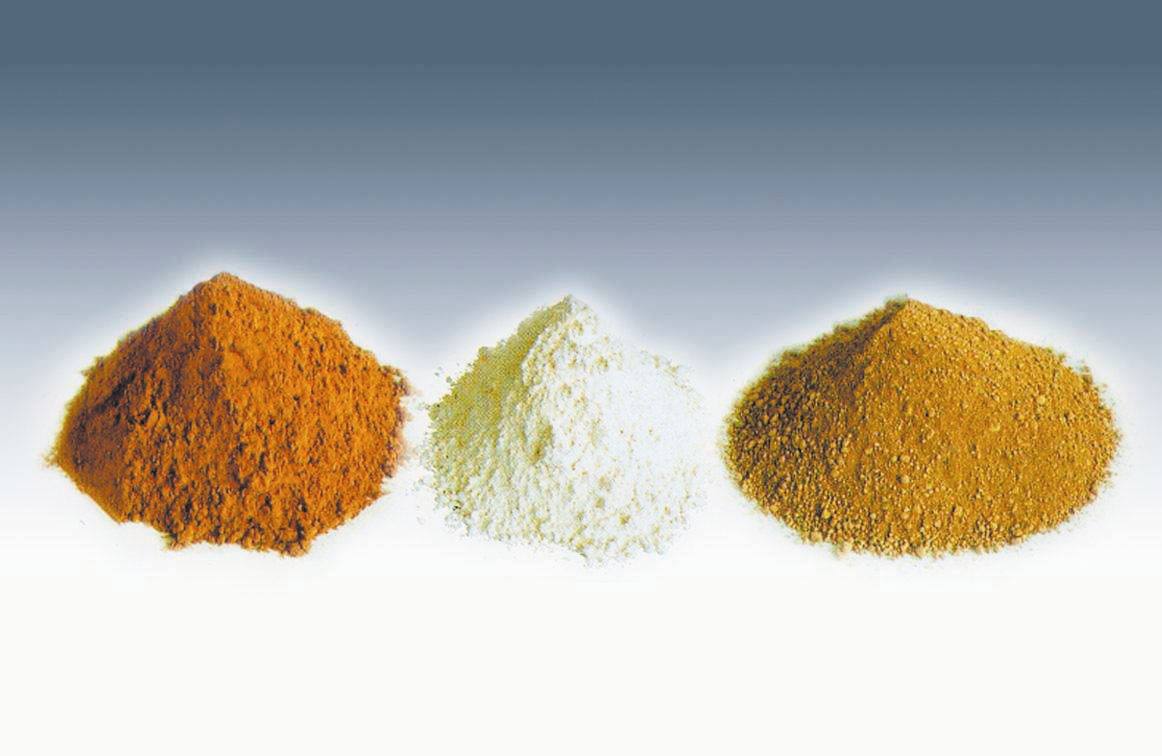Rare earth market prices continue the trend of polarization between light and heavy rare earth prices. It is noteworthy that the downward trend of Pd and Nd prices has slowed down, and that Dy and Tb have rebounded after a week of stabilization and consolidation.
In the first quarter of 2019, statistical reports of various industries came out one after another. The growth rate of rare earth permanent magnet industry slowed down slightly from the same period last year, and catalyst output decreased significantly from the same period last year. In 2019, the downstream demand of rare earth industry contracted initially. At the same time, judging from the import data of rare earth in the first quarter, according to the proportion of Pd, Nd, Tb and converted oxide, the supply of LRE, Pd and Nd remained slightly increased (the import of Malaysia and the United States increased year-on-year, the supply of rare earth in Myanmar decreased year-on-year), and the supply of heavy rare earth, Dy and Tb decreased significantly (the import of rare earth in Myanmar decreased year-on-year, and the import of rare earth in Myanmar also decreased year-on-year). The ring-to-ring ratio decreased by a larger margin. The balance of supply and demand for light and heavy rare earth elements has been differentiated.
As of April 12, the price quotations of rare earth oxides in domestic market are: neodymium oxide market quotation (including factory tax, spot exchange) is 265,000 yuan/ton to 270,000 yuan/ton; neodymium oxide market quotation (including factory tax, spot exchange) is 278,000 yuan/ton to 283,000 yuan/ton; praseodymium oxide market quotation (factory tax, spot exchange) is 374,000 yuan. Yuan/ton to 379,000 yuan/ton; Lanthanum oxide market quotation (factory tax, spot exchange) is 115,000 yuan/ton to 120,000 yuan/ton; Cerium oxide market quotation (factory tax, spot exchange) is 115,000 yuan/ton to 120,000 yuan/ton; Dysprosium oxide market quotation (factory tax, spot exchange) is 148,000 yuan/ton to 1.5 million yuan/ton; Terbium oxide market quotation (export tax, spot exchange) is 148,000 yuan/ton to 1.5 million yuan/ton; Factory tax, spot exchange) is 3.14 million yuan/ton to 3.17 million yuan/ton; gadolinium oxide market quotation (factory tax, spot exchange) is 142,000 yuan/ton to 145,000 yuan/ton; holmium oxide market quotation (factory tax, spot exchange) is 325,000 yuan/ton to 330,000 yuan/ton.

As of April 12, the main quotations for rare earth metal products in the domestic market were as follows: market quotations for metal praseodymium and neodymium (including factory tax and spot exchange) were 338,000 yuan/ton to 343,000 yuan/ton; market quotations for metal neodymium (including factory tax and spot exchange) were 366,000 yuan/ton to 371,000 yuan/ton; market quotations for cerium (including factory tax and spot exchange) were 33,000 yuan. Yuan/ton~35,000 yuan/ton; Dysprosium market quotation (factory tax, spot exchange) is 147,000 yuan/ton~1.49 million yuan/ton; Metal terbium market quotation (factory tax, spot exchange) is 4 million yuan/ton~4.05 million yuan/ton; Gadolinium market quotation (factory tax, spot exchange) is 150,000 yuan/ton~150,000 yuan/ton; Holmium iron market quotation (factory tax, spot exchange) is 150,000 yuan/ton. Cash exchange) is 340,000 yuan/ton to 350,000 yuan/ton.
Comprehensive analysis of the current price trend of rare earth market, plutonium and neodymium products fell to this point, the market began to spread the news of enterprise production restriction and shutdown, but no manufacturers have responded to this. In addition, plutonium and neodymium products are currently hovering at the cost edge. Fixed operating losses caused by enterprise production shutdown are bound to be higher than cost losses, and with the tax improvement. OK, there is still room for the expected theoretical loss price. With the increase of excess supply of Pd and Neodymium, the decline of Pd and Neodymium is expected to be difficult to prevent.
Dysprosium and terbium products experienced a slight downward adjustment in early April, and then recovered to the pre-adjustment level. Compared with the previous wave of rise, the rise of Dysprosium and terbium products is more substantial and reasonable under the support of volume. Myanmar rare earths are expected to close again more frequently, and there are great expectations for another increase in the future.
The gadolinium and holmium products did not leverage the rise of dysprosium and terbium to keep stable. The function of gadolinium iron and holmium iron is to replace part of Neodymium in rare earth permanent magnets, stabilize remanence and reduce costs within a reasonable range at the expense of some coercivity. With the decline of Pd and Nd metals and the increase of gadolinium and holmium products, the replacement of Nd by gadolinium and holmium alloys has lost the role of reducing costs, and the coercivity performance is not as good as increasing the proportion of Nd. With the price imbalance of alternative products, gadolinium and holmium products have also reached the highest price point allowed by their cost performance ratio.
